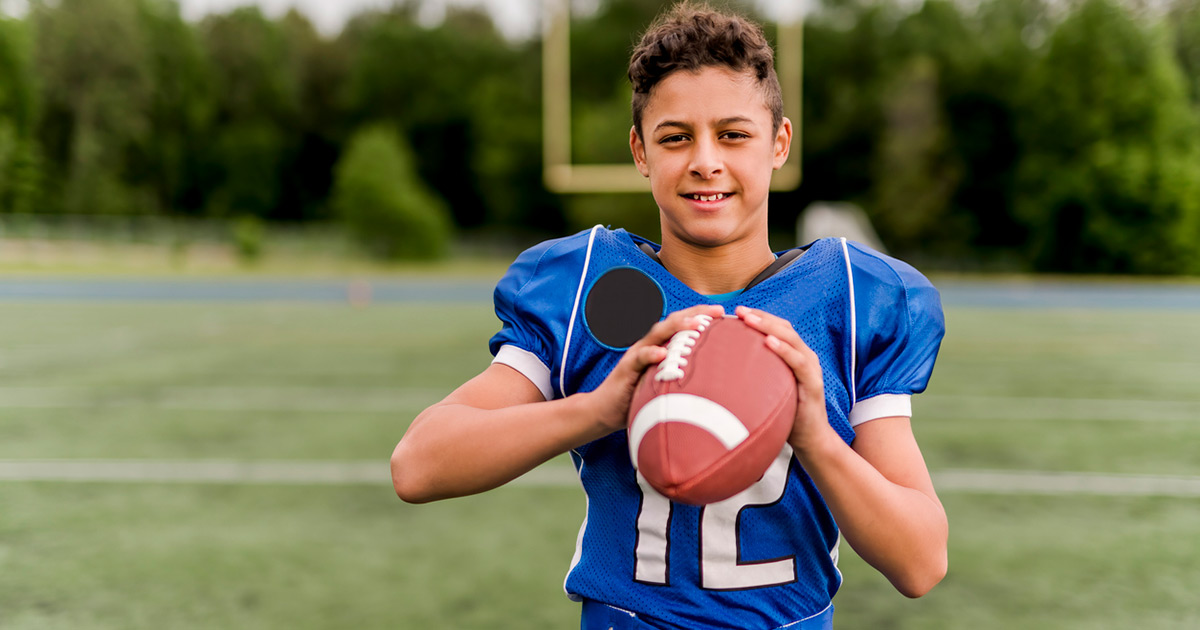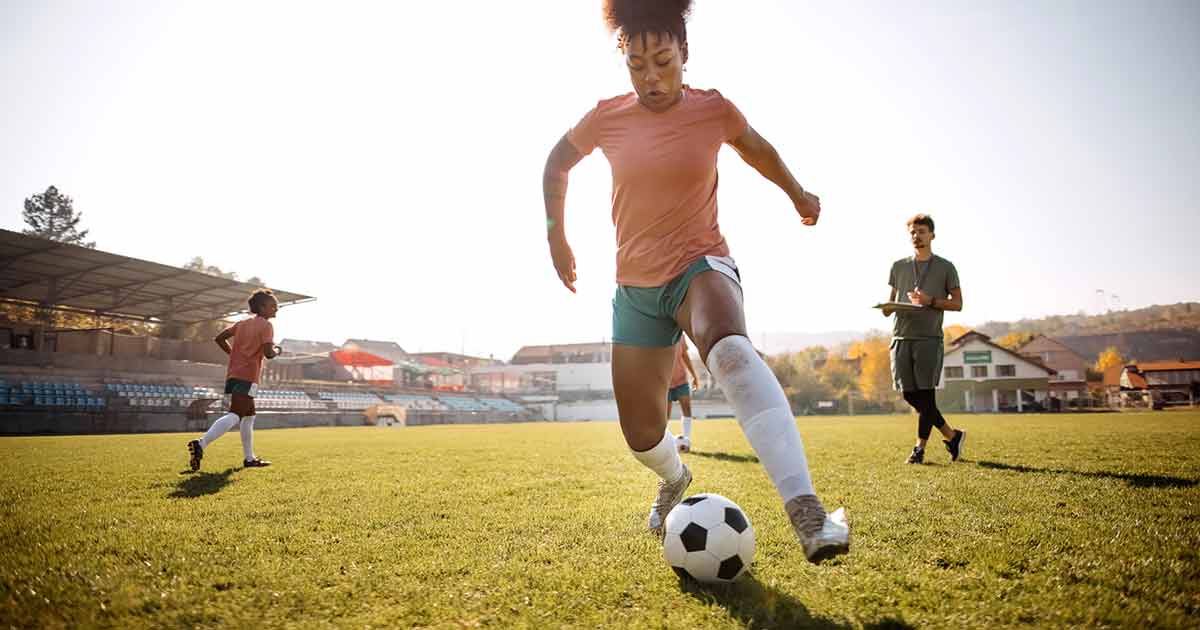
Advice to improve your movement, fitness, and overall health from the #1 in orthopedics in the U.S.
Youth Sports and Injuries: What Every Parent Should Know
Discover essential information about youth sports injuries, including tips for parents on prevention and recovery.
Advice to improve your movement, fitness, and overall health from the #1 in orthopedics in the U.S.
When it comes to youth sports, injuries are often seen as part of the game. But according to Tiana Woolridge, MD, a pediatric primary sports medicine physician at HSS, many of these injuries are preventable—and understanding them is the first step.

“I see a lot of ankle sprains, wrist and finger fractures, concussions, and growth plate injuries,” said Dr. Woolridge. “Some of these are acute, like a sprain or a break. Others are more chronic, like pain that builds up over time from overuse.”
Different Sports, Different Risks
Not all youth sports injuries are created equal. Contact sports like football and basketball tend to bring in more concussions and fractures. Runners often deal with shin splints and stress fractures. Dancers and gymnasts are more likely to suffer from chronic tendon irritation and back pain.
“I see a variety of different injuries based on the type of sport,” Dr. Woolridge explained. “For example, ballerinas who are up on pointe a lot can develop stress injuries in the foot or fibula. Baseball pitchers often have elbow or shoulder issues from repetitive throwing.”
The Growth Plate: A Hidden Weak Spot
One of the most common—and least understood—injuries in young athletes involves the growth plate, the area of the bone where new bone is made. “Growth plates are the weakest part of the bone,” said Dr. Woolridge. “They’re full of cells making new bone every day. That’s how kids grow taller. But because they’re not built to handle strong forces, they’re prone to irritation and even fractures.”
She added, “I see a lot of kids with chronic knee or heel pain because the muscles are pulling on the growth plate. It’s especially common in sports that involve a lot of jumping or running.”
Rest Isn’t Optional—It’s Essential
One of the biggest mistakes young athletes make? Not resting enough.
“Rest is not just about recovery—it’s about performance,” Dr. Woolridge emphasized. “If you’re pushing through an injury, you’re not performing at your best. You’re limping, you’re slower, and you’re risking a longer recovery.”
She recommends that young athletes take at least three months off from their sport each year. And for kids under 14, she advises parents to limit weekly training hours to the child’s age. “So a 10-year-old shouldn’t be playing more than 10 hours a week of one sport,” she said.
When to See a Specialist
If a young athlete isn’t improving after one to two weeks of rest, or if they’re experiencing limited joint movement or pain that feels like something is “moving around” inside the joint, it’s time to see a specialist, she says.
“General practitioners don’t always have the training to understand the demands of high-level sports,” said Dr. Woolridge. “A specialist can help create a recovery plan that considers future competitions and long-term health.”
Advice for Parents: Listen First, Push Later
Parents play a huge role in injury prevention. Dr. Woolridge urges them to keep communication open and to take their child’s complaints seriously.
“If your kid says their knee hurts, don’t just tell them to tough it out,” she said. “Encourage them to talk about it. Get it checked out. And make sure they’re not missing out on school or other hobbies because of sports.”
Beyond the Injury
At HSS, the focus isn’t just on treating injuries—it’s also on preventing them.
“We provide education on how the body works, how to train and recover properly, and how to avoid future injuries,” said Dr. Woolridge. “We also connect athletes with nutritionists and physical therapists who understand the growing body.”
Published 7/17/2025


